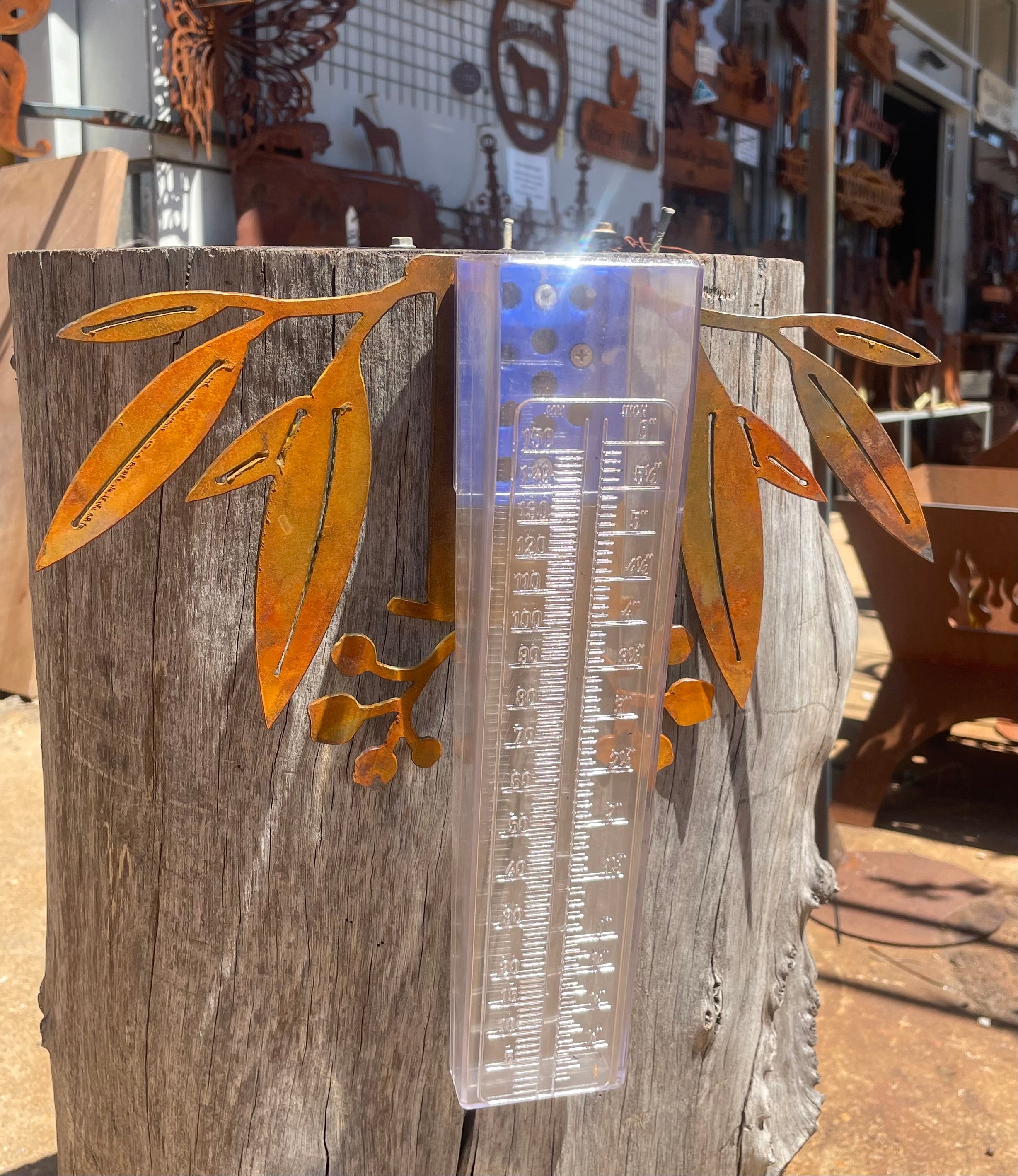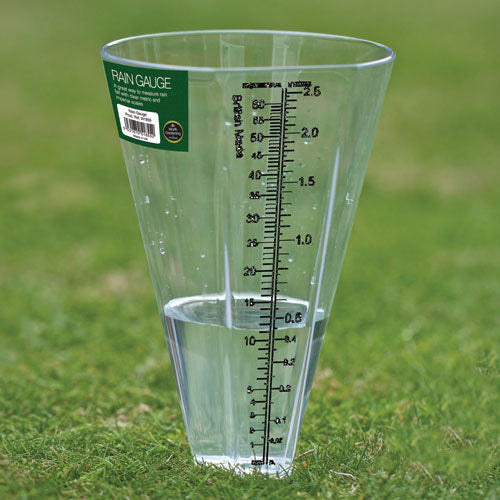Cutting-edge Designs in Rain Gauges: What Makes Them Attract attention
Cutting-edge Designs in Rain Gauges: What Makes Them Attract attention
Blog Article
Unveiling the Science Behind Rainfall Determines: Just How These Devices Play a Critical Duty in Environment Research Study and Ecological Surveillance
Rain evaluates, relatively simple tools, hold a profound value in the realm of climate research and ecological monitoring. As we peel back the layers of this scientific veil surrounding rain evaluates, we discover a globe where precision, data accuracy, and precise observation assemble to unveil a deeper understanding of our altering climate and its influence on the world.
Significance of Rain Gauges
Rainfall assesses play a crucial function in surveillance and measuring rainfall levels, providing important information for climate research study and evaluation. These tools are fundamental in quantifying the amount of rains that takes place in a particular area over a particular period. By measuring and collecting rainwater, rain evaluates deal beneficial insights into the distribution and intensity of precipitation, aiding meteorologists, hydrologists, and climatologists in comprehending weather patterns and patterns.
One of the crucial reasons that rainfall assesses are vital is their ability to supply local and precise data. Unlike satellite or radar-based measurements, which use wider observations, rainfall evaluates deal exact info particular to the area where they are positioned. This localized information is crucial for different applications, including flooding forecasting, dry spell monitoring, and water resource management. In addition, long-term information collected from rain assesses helps in assessing environment modification effects and patterns, contributing substantially to scientific study and decision-making procedures. In significance, rain determines serve as crucial devices in the area of meteorology and environmental science, playing a vital function in advancing our understanding of weather and environment dynamics.
Sorts Of Rain Scales

Functionality and Operation
In the world of environment research and atmospheric research studies, the efficiency of rainfall gauges lies in their detailed functionality and precise functional devices. Rain gauges are made to accurately gauge the amount of precipitation that drops over a specific location during a set period.
The performance of rainfall evaluates is based on the concept of collecting and gauging rain in a standardized fashion. This gathered information is vital for understanding local weather condition patterns, tracking lasting climate trends, and evaluating environmental influences. To make certain exact dimensions, rainfall assesses requirement to be purposefully positioned in open locations far from obstructions such as buildings or trees that can hinder the collection procedure.
The functional element of rainfall gauges involves normal maintenance to avoid debris buildup, calibration checks to maintain dimension accuracy, and data recording for analysis (rain gauge). In general, the functionality and procedure of rainfall gauges are essential for collecting reliable precipitation information important to climate study and environmental tracking
Role in Environment Study
Offered the critical value of precise rainfall measurements in comprehending weather patterns and environmental influences, the function of rain assesses in climate research is indispensable. Rainfall determines offer essential data for climate research study by quantifying the quantity of rainfall that falls over a specific area during an offered period. This data is crucial for monitoring long-lasting fads in rainfall patterns, analyzing the influence of climate modification on rains circulation, and enhancing environment models.

Environment researchers utilize information collected from rain evaluates to evaluate variations in precipitation levels, identify local climate patterns, and evaluate the performance of water resource monitoring methods. By comparing historic rainfall data with current dimensions, researchers can identify changes in precipitation patterns, such as these details modifications in the regularity or strength of rainfall occasions. This information is essential for comprehending how climate change is affecting precipitation characteristics and can aid policymakers make informed decisions relating to adjustment and reduction strategies.
Applications in Environmental Surveillance

In flood projecting, rain gauge data helps to track rains intensity and distribution, enabling authorities to issue timely cautions and take essential actions to minimize flooding dangers (rain gauge). Drought surveillance depends on rain scale data to analyze moisture degrees in the soil and track rainfall deficits, helping in the identification of drought-prone areas and the application of drought reaction methods
Furthermore, rain gauge data plays an essential duty in water source monitoring by providing info on water availability and use trends. This data is utilized to make educated decisions concerning water allowance, preservation actions, and sustainable water source preparation. In addition, in farming, rainfall scale information helps farmers in maximizing watering schedules, crop selection, and overall farm monitoring practices based upon local precipitation patterns. On the whole, rainfall evaluates are essential tools in ecological tracking, using useful understandings that add to notified decision-making and sustainable resource monitoring.
Final Thought
In verdict, rain gauges are necessary tools for measuring precipitation, providing beneficial data for environment study and ecological tracking. With different types and functionalities, rainfall assesses play an important role in recognizing precipitation patterns and their effect on the atmosphere. By accurately determining rainfall, these tools add to the improvement of scientific understanding and aid in making informed choices pertaining to water source administration and catastrophe readiness.
Rainfall evaluates play an important role in tracking and determining rainfall levels, giving vital data for climate you can check here research study and evaluation. The conventional rain gauge, known as the "tipping bucket" scale, is one of the most frequently used tools. Ultrasonic rainfall assesses usage sound waves to discover the existence of rain, offering real-time information on rainfall click this site degrees.Climate scientists make use of information accumulated from rainfall evaluates to evaluate variants in rainfall levels, recognize local environment patterns, and assess the performance of water resource administration strategies.In verdict, rain determines are essential tools for gauging rainfall, supplying important data for environment research and environmental tracking.
Report this page